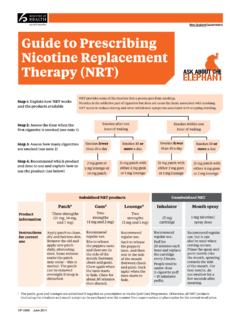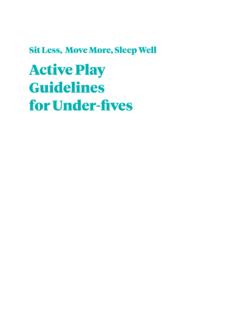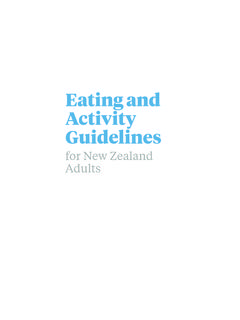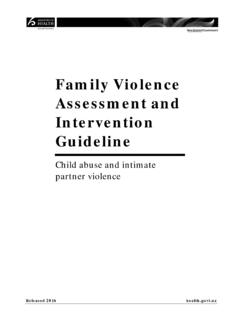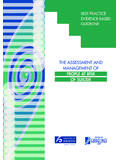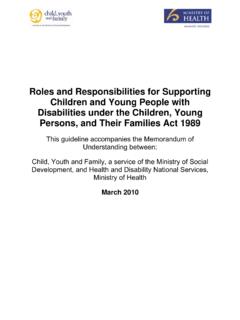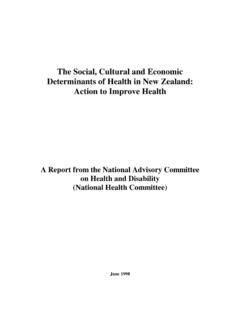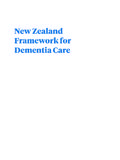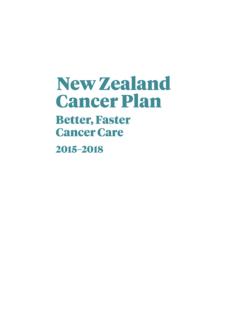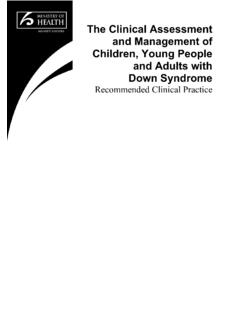Transcription of Guide to Prescribing Nicotine Replacement Therapy (NRT)
1 Guide TO Prescribing Nicotine Replacement Therapy 1 Guide to Prescribing Nicotine Replacement Therapy (NRT) August 2021 * Patches, gum and lozenges are subsidised if supplied on prescription or via the Quit Card programme. Otherwise, all NRT products (including the inhalator and mouth spray) can be purchased over the counter from supermarkets for the normal retail price. Community pharmacies can also provide subsidised NRT without a prescription and many stop-smoking providers supply NRT at no cost to clients. 2 Guide TO Prescribing Nicotine Replacement Therapy Filling in a Quit Card Here is a scenario that describes how to fill in a Quit Card. Henry is a 42-year-old man who currently smokes 15 cigarettes per day. Henry usually smokes his first cigarette within 15 minutes of waking up in the morning.
2 He has used NRT gum before and is happy to use it again. Guide TO Prescribing Nicotine Replacement Therapy 3 Notes 1 Time to smoke the first cigarette from waking up in the morning is used as a measure of tobacco dependence. If a person smokes within one hour of waking, they have a higher degree of dependence and will benefit from higher doses of NRT and more intensive stop-smoking support. 2 If a person has recently cut down the number of cigarettes they smoke in a day, then use their previous daily consumption. 3 The dose of NRT can be increased if the person has inadequate relief of withdrawal symptoms (for example, persisting urges to smoke, irritability, restlessness, etc). 4 All products should be used for at least 8 12 weeks, or longer for some people if needed to avoid relapsing to smoking.
3 5 Lower strength patches are generally not needed. 6 These recommended doses differ from those listed on the product packaging. They simplify NRT dosage to ensure that people are getting enough Nicotine to replace the amount they got from cigarettes. 7 Most people who smoke do not use enough NRT, but rarely, some have too much and then they may feel sick (nauseous). If someone feels sick after using NRT, they should reduce the frequency or dose of the NRT. 8 NRT can be used by pregnant or breastfeeding women if they would otherwise continue to smoke. Assess if they can quit without NRT. If not, NRT is safer than smoking and can be tried. If NRT patch is used, it should only be used during the day and removed overnight. 9 NRT is safe to use for people with cardiovascular (heart) disease.
4 No dosage adjustment is needed. 10 There are no drug interactions with NRT. However, because of the effects of tobacco smoke on liver metabolism, the doses of some medicines (for example, some psychiatric medicines and insulin) may need to be reduced when people stop smoking, but any reductions should only be done with medical supervision. August 2021 HP 7808
